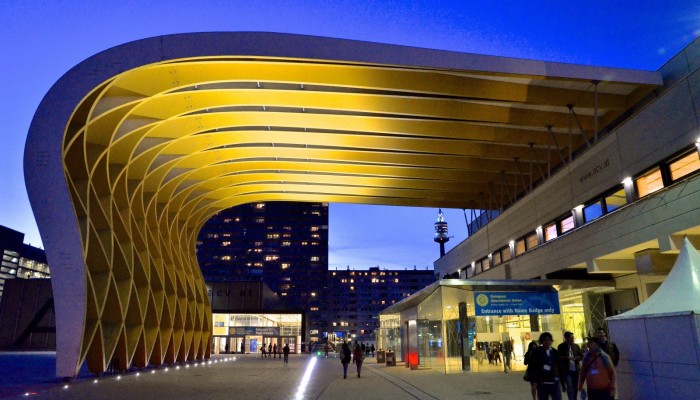
Convening a session at a conference can seem daunting, especially if you are an early career research and a first-time convener. That’s why we’ve put together this two part series to outline the main steps of the process. With the call for sessions for the 2016 EGU General Assembly open until 18 September 2015, now is the perfect time to give it a go! The key ingredients are an idea for a session, a couple of co-conveners and a good session description.
How does it all work?
The EGU General Assembly is organised around the session programme, which consists of sessions representing all Programme Groups. (The organisation of sessions and the submission of abstracts are built around the session programme.
Programme Group (PG) chairs create a skeleton programme, based on the programme for previous General Assemblies, so that each PG has a few sessions in it to kick things off.
Then, the call for sessions opens, usually over the summer preceding the conference. This is the time when the scientific community is invited to suggest new sessions or modify skeleton programme sessions (you can propose a new title for a session, put someone forward to co-convene the session and/or make suggestions to improve the session description).
Once the call closes, the PG chairs evaluate the proposed sessions and decided if they should be included in the programme. They might also suggest modifications to skeleton sessions.
I’ve got an idea for a session, what do I do next?
Before submitting your session, you’ll need to make sure you have:
- At least one session convener. If you’ve got some co-conveners on board already, make sure you consider gender diversity and invite (other) early career scientists to help you too! Additionally, select co-conveners from different countries and/or institutions. Please check with all conveners that they agree to co-convene the session.
- A session title.
- A session description. This isn’t mandatory at this stage, but useful for when the PGs evaluate whether your session should be included in the final programme.
You are able to amend the title and the description of the session, so you’ve got time to refine those at a later date.
Proposing a session
Once you’ve got all this in place, you are ready to submit your idea for a session! Simply head over to the provisional programme and select the PG which is most closely aligned to the subject of your session. This will display all the skeleton sessions (which you are welcome to recommend modifications for too) or click ‘Suggest a session here’ tab to submit your session idea.
You’ll be presented with screen which looks like the one above. Enter all your details and wait to hear back from the PG chair on their decision as to whether your session will go ahead.
My session may be of interest to more than one Programme Group, is this catered for?
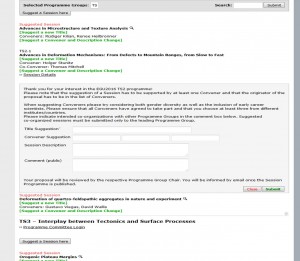
A screenshot of the session proposal tool. Propose co-convened sessions by adding the request in the comments section. Click the image to englarge.
Co-convened sessions across disciplines are encouraged.
You can indicate that you’d like your session to be co-organised with another PG in the comments section of the submission tool. Make sure you indicate what PG you’d like to co-organise the session with and remember that the session needn’t be submitted to both groups, only the lead PG..
Your request for a cross PG collaboration will be evaluated by all relevant PG chairs and either accepted or rejected. In the case of acceptance, this session will be organised by all cooperation partners, but the leading PG chair will take primary responsibility for room bookings and time of the session.
I’d like to propose a PICO session, can I do that?
Once the call for sessions closes, during late September, session conveners have the option to change their session from a traditional oral and poster presentation session to a PICO (Presenting Interactive Content) session.
You’ll be able to do this using the ‘Session Programme Finalization’ tool. Use the edit pen, and indicate the PICO character there. PICO sessions will be shown as PICO sessions in the abstract submission, and authors cannot select an oral/poster preference as they will receive a PICO presentation regardless.
To learn more about the benefits of organising a PICO session, you can read this blog post we prepared in advance of the 2015 General Assembly.
I’ve proposed a session, what is the next step?
From when the call for sessions closes in mid-September, to mid-October, the Programme Committee and our conference organisers, Copernicus Meetings, do a lot of work behind the scenes to iron out any issues and finalise the conference programme.
As the programme is finalised, you’ll be notified once your session has been published on-line. You can then sit back and relax, at least for a little while! From mid-October until January, the call for abstracts is open. To generate interest in your session, you are encouraged to advertise it amongst your colleagues/collaborators and any potentially interested researchers within the field. If you are on social media platforms, we’d encourage you to promote your session this way too.
With the first steps of proposing a session covered, part II of this series we’ll take a look at what happens once the abstracts star rolling in. It will cover everything from the role of conveners in the process to allocate funds for travel support, to organisation of a session, including accepting/rejecting abstracts and planning the logistics of requesting a room and what happens during the conference. The post will also include tops tips from early career scientists who have been involved in the convening sessions in the past.
For more information on proposing and convening a session, take a look at the Programme Committee guidelines on the 2016 General Assembly website. The Tectonics and Structural Geology Division also has a nice step-by-step guide for conveners which contains lots of useful information. If you’ve been inspired to propose a session, follow this link to the call-for-sessions. If you needed a final incentive, as a thank you, the EGU invites all conveners for a reception at the end of the conference.
The European Geosciences Union General Assembly 2016 will take place in Vienna, Austria, from 17-22 April 2016 and will bring together geoscientists from all over the world to one meeting covering all disciplines of the Earth, planetary and space sciences.

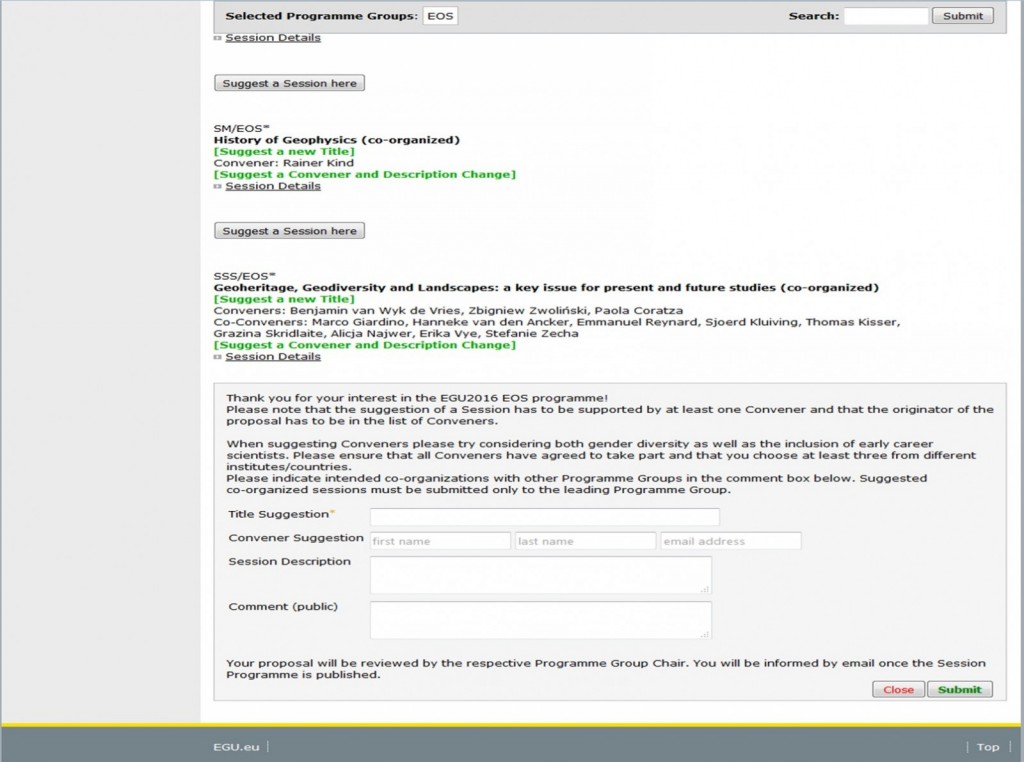
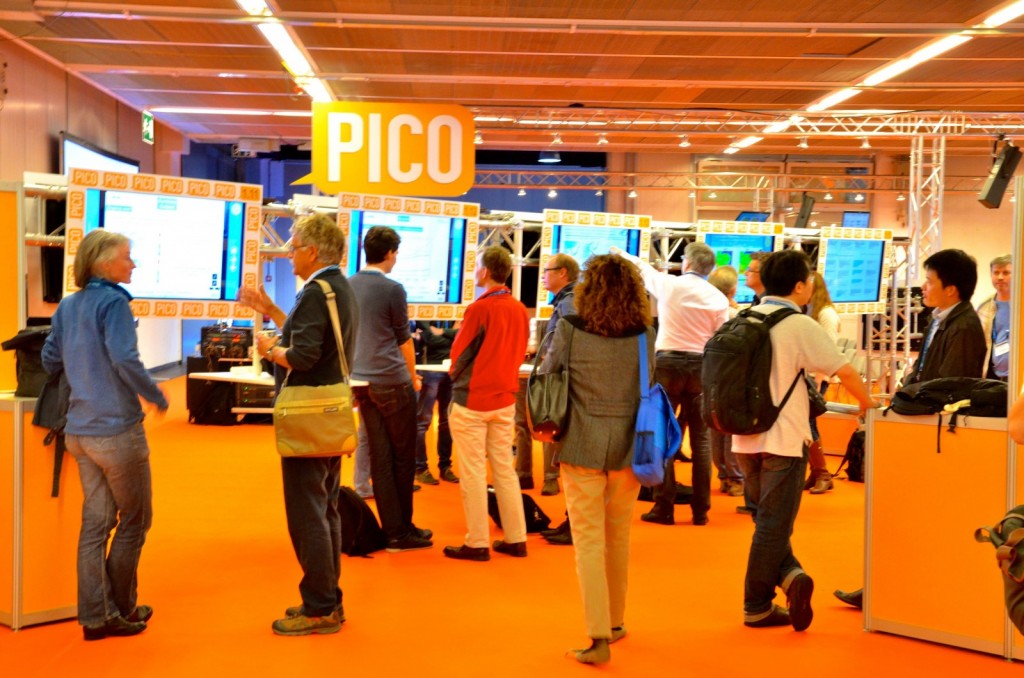

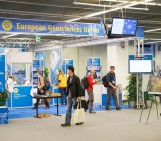

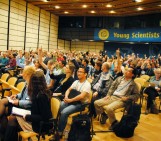
Pingback: GeoLog | First-time convening an EGU session? Some advice from the Early Career Scientists. - GeoLog
Pingback: GeoLog | A guide to convening a session at the General Assembly – Part II